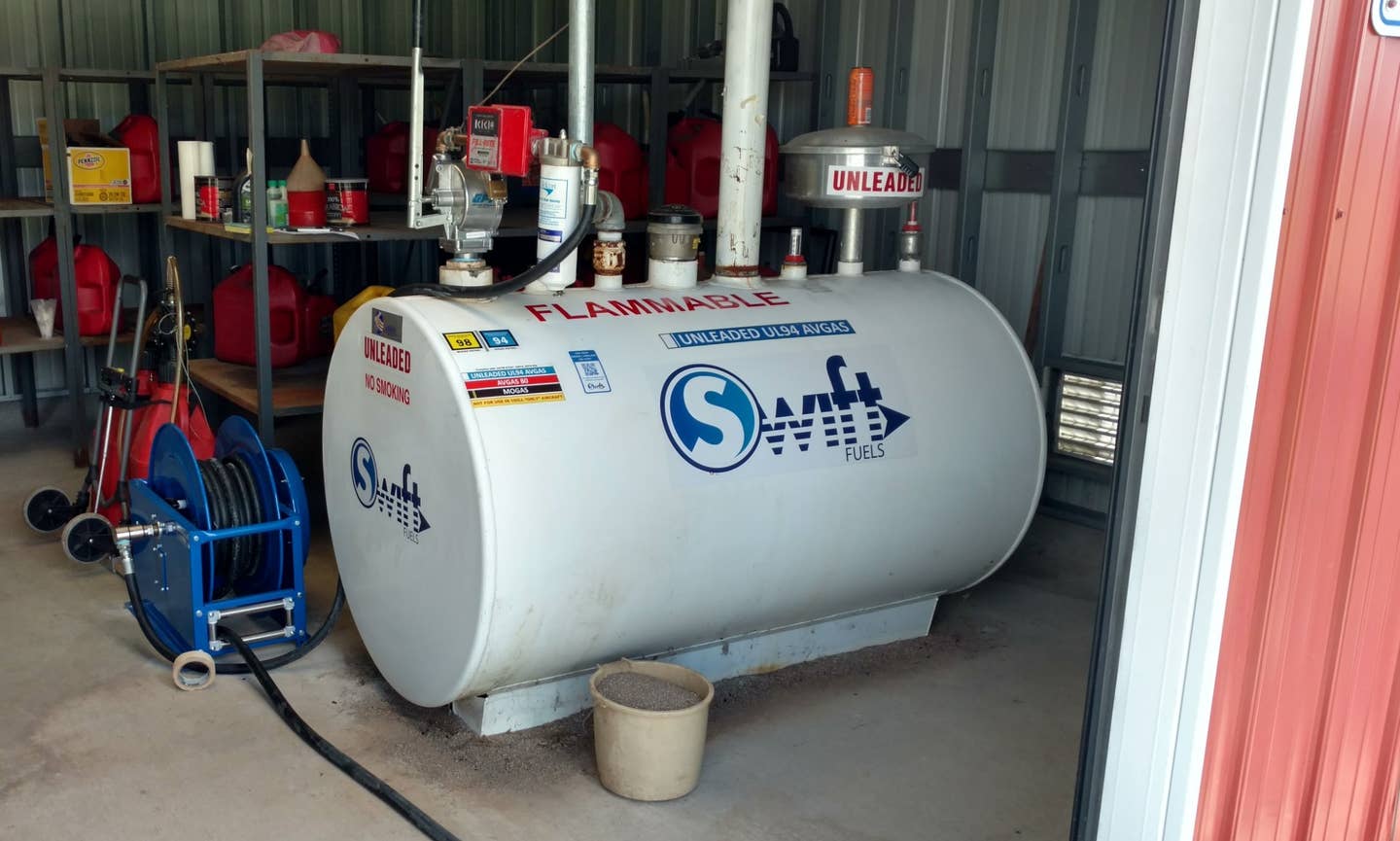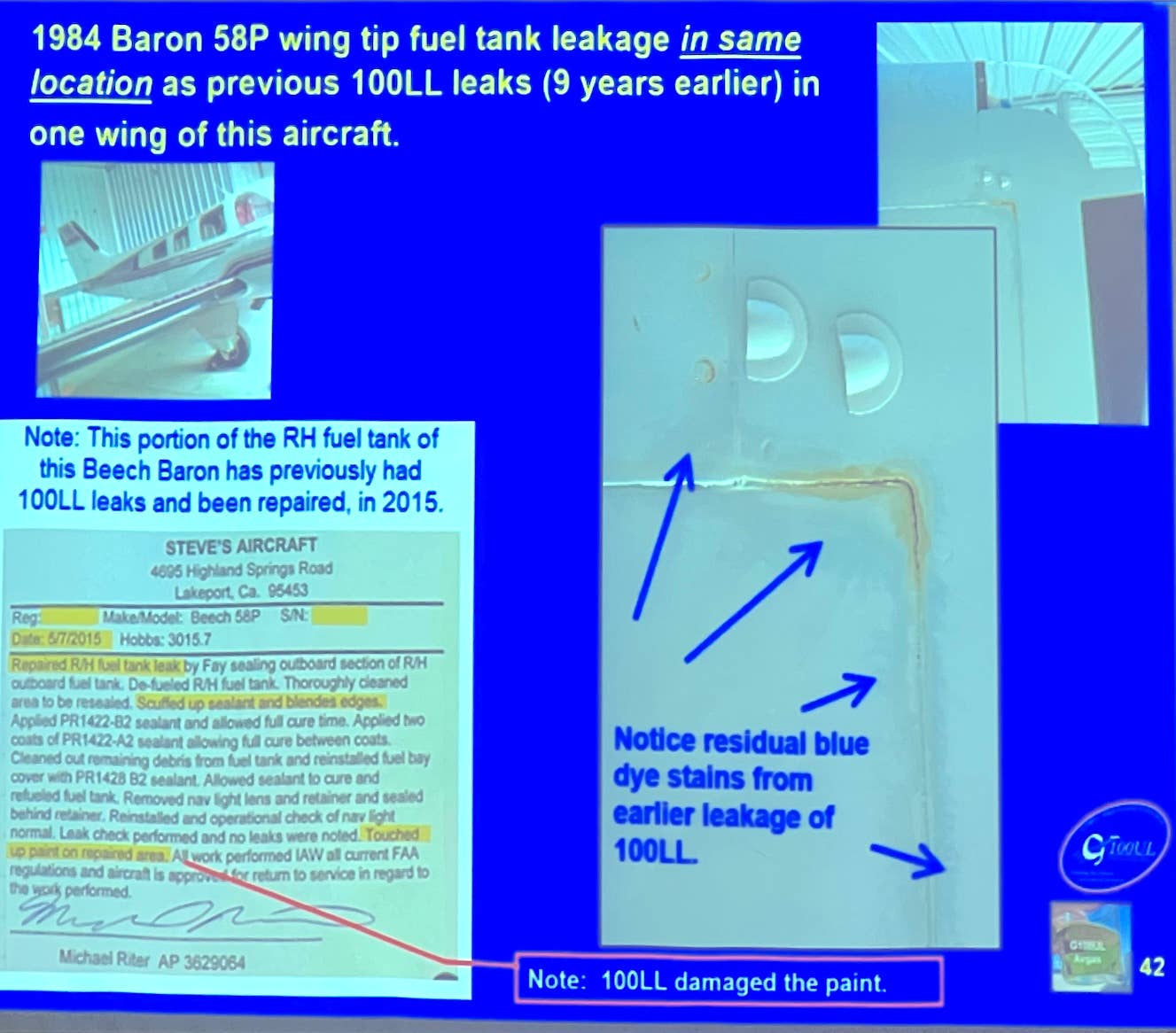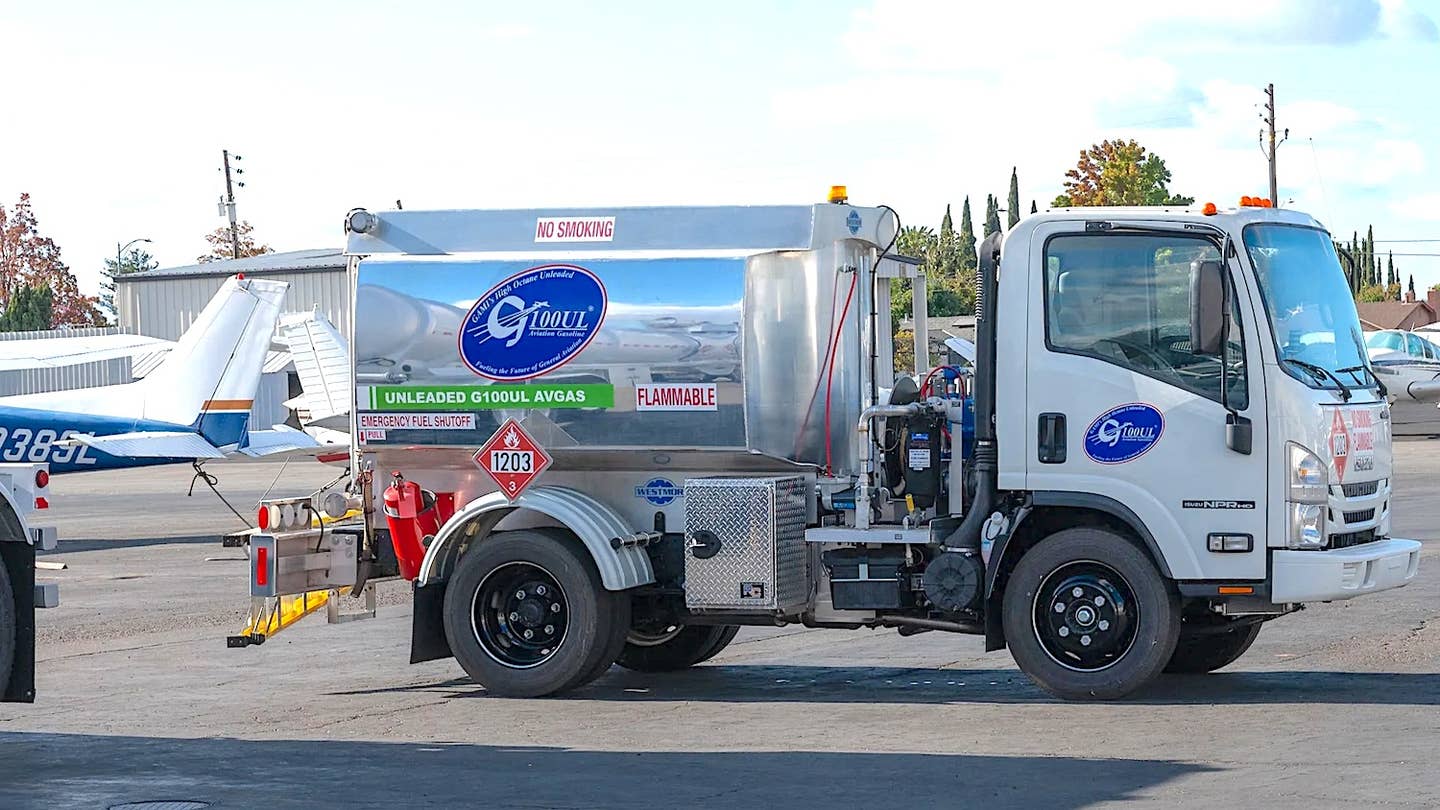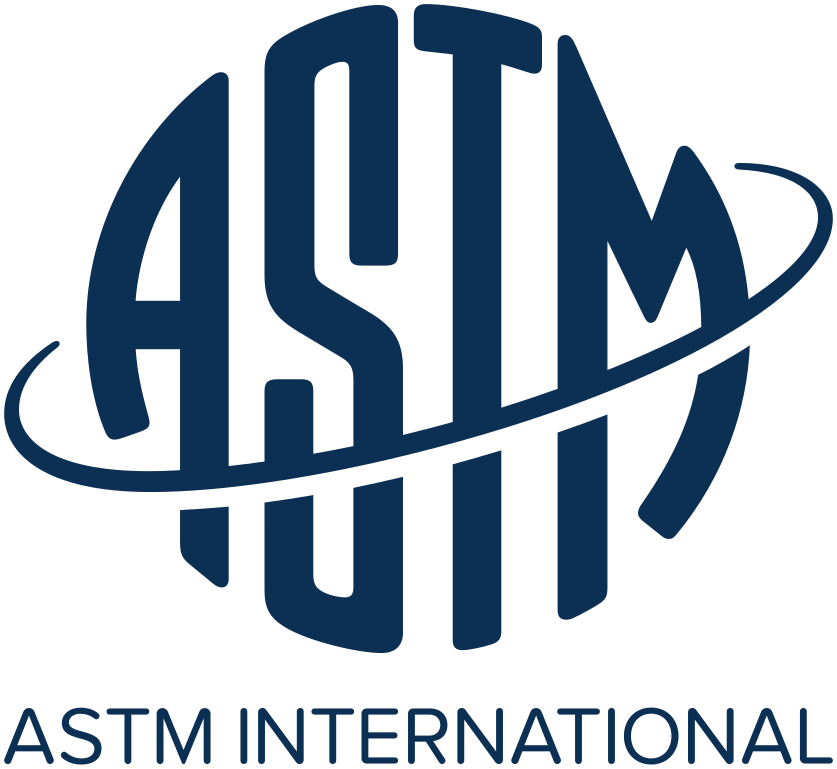Survival Tech Aviation Survival Kit
Like a seatbelt or an ELT, you hope you never need to use a survival kit, but in an emergency you’ll be glad you’ve got one. Doug Ritter reviews a recent entrant to the survival kit market.
While survival gear remains a hard sell to U.S. pilots, there is still a small minority who recognize that it doesn't always happen to the other guy. They support a cottage industry providing ready-made aviation survival kits for general aviation use. There are relatively few kits that have been around for a long period of time -- most disappear in short order -- but hardly a year goes past without at least one new entrant making an appearance. These kits, both existing and the new entrants, fall into two major categories: inexpensive with minimal capabilities and generally some questionable components, and higher-end, more expensive kits with generally -- but not always -- more and better quality components. The latest entrant is Survival Tech and their ST-1450 kit, aimed at the latter niche with a price of $355. Let's see how well they do.
Solid Exterior
Opening the box it came in, the kit makes a good first impression, packed in an orange Model 1450 Pelican Case, 16 x 13 x 7 inches (40.6 x 33 x 15 cm). Total weight was measured at 20.8 pounds (9.34 kg) on our scale; they inscribed "20.6 lbs" on the bottom of the case, plenty close enough. (We couldn't find a weight listed on the Web site -- a notable lapse when selling a kit to anyone, let alone pilots.) While the Pelican Case is extremely tough and waterproof, it does contribute 5.6 pounds (2.54 kg), which is more than a fourth of the total weight. A canvas webbing shoulder strap -- to attach to the case -- is unwieldy at best, but better than nothing if you need to move and have use of both hands.The kit we received had the old-style knuckle- and fingernail-busting latches. Survival Tech advised all new kits would have the current double-throw-style latches that are easier to open. Not as easy as those used by Hardigg on their new StormCase line, but a significant improvement. Besides the weight written on the bottom, and we wonder why it's hidden on the bottom, "EMERGENCY" in 7/8-inch (22 mm)-high letters is stenciled in black on the lid.
The Insides
Opening up the kit, you are presented with an 8.5 x 11 (21.6 x 27.8 cm), five-page "User's Guide" laying on top of the gear. Affixed to the inside of the lid is a "Post Crash Checklist" and contents list, both in 10-point font size that may be difficult to read in dim light or without excellent vision. You didn't lose you glasses in the crash, did you?Moreover, the information in the checklist is not presented in a concise manner, and in our opinion much of it isn't appropriate for such an immediate action list. The majority of it involves first-aid action. While admittedly critical information, in our opinion this isn't the place for it, at least as presented. We like the concept; we aren't thrilled with the implementation.Handwritten expiration dates are penned next to appropriate items on the equipment list. That's an expedient solution to providing that essential information, but it is likely to get to be a real mess as time goes on and dates must be updated. They also didn't list one of the most common life-limited items -- the batteries for the flashlight -- apparently being considered part of the flashlight.The user's guide has some useful suggestions and warnings on the first page, such as urging the pilot to secure the kit in the aircraft and to promptly replace expired items. The last page of the guide is another equipment list. The three pages between comprise an annotated equipment list with suggestions for the use of various components of the kit, some of which is not useful in our estimation -- a typical example being, "Fixed blade knife, unlimited uses." Survival Tech told us that it "is tentative for the time being, we are working on a much more comprehensive version which should be completed soon." The best we can say is hallelujah, it cannot happen too soon.Under the user's guide are the only other survival instructions included in the kit: a set of Lee Nading's plastic "Survival Cards." In our opinion, they are not the best choice "as is" for a variety of reasons, most notably because of what is -- in our opinion -- some poor survival and first aid advice. As one example, the advice for snake bite treatment has not been accepted medical practice for well over a decade and is contraindicated in all modern wilderness medical texts. We have used the cards in kits for persons who have had survival and medical training -- as a memory aid -- but we have always blacked out the inappropriate portions. This is even more critical when it may be used by a survivor with minimal or no survival or wilderness medical training. In addition, the text and images are extremely small, such that even with good eyesight and lighting it can be difficult to read. We were surprised not to find some sort of magnifier in the kit to assist with this. However, they are waterproof, which is excellent, and most of the advice is generally OK.There are three black nylon drawstring bags that contain most of the smaller components, which is a good idea, though we'd prefer a brighter color than black. It would also be better if the components inside were identified on the outside so it wasn't necessary to open and possibly empty them to find what you are looking for. An alternative would be to so indicate on the equipment lists affixed to the lid.
Signaling and Fire Starting
Distress signaling gear includes an excellent Storm whistle and a signal mirror that isn't -- meaning it's a mirror and you could signal with it, but it isn't really a signal mirror. It doesn't have even a rudimentary aiming aid, let alone a retroreflective aiming aid that allows easy one-handed use like we expect from a true signal mirror these days. The 5 x 7-inch (127 x 178 mm) mirror is just a plastic rimed and backed thin glass camp mirror. It is one thing to provide a glass signal mirror that is double-laminated heavy glass and which has an aiming aid; it's another thing altogether to provide a mirror that could break and that cannot be aimed with one hand. A poor choice and a serious misrepresentation, in our opinion. As another signaling option, there's an orange plastic hunter's vest could be used as a signal flag or signal panel.Firestarting is covered via a variety of means, which we like, but all involve matches in one form or another, which we don't like. A box of "waterproof," not windproof, safety matches is included, as well as a waterproof G.I.-style plastic match safe with an additional half box of matches, approximately, and a striker strip inside. There is also a package of 20 Coghlan's Firelighters, which can best be described as self-igniting tinder sticks that are relatively waterproof. A safety-match-style head at one end can be used to ignite the stick using a large striker strip on the box, or they can be lit conventionally. There are also two packages of mil-spec compressed trioxane fuel, usually used with a metal stove for cooking, that are also meant to be used as waterproof tinder for starting fires in adverse conditions.
Protection
For shelter there is a two-person, orange, plastic tube tent, which is adequate and can be improvised into a more multi-purpose tarp with the knife. There is a pair of lightweight clear plastic ponchos and a single Adventure Medical Kits Heatsheet metalized Mylar survival blanket, orange on one side, with some basic survival instructions printed upon it. While slightly larger than the usual such blanket at 60 x 96 inches (152 x 244 cm), we believe that calling this a two-person blanket -- as AMK does -- is a stretch. Yes, if two modestly sized adults can arrange themselves to cuddle together closely they can cover themselves with it, but we prefer to consider it a more practically sized one-person blanket; the conventional ones are skimpy, in our opinion.Potable Aqua iodine tablets serve as the kit's water treatment and there's a two-gallon plastic water bag for water procurement and storage. Potable Aqua will not kill cryptosporidium.Personal protection is covered with a pair of mosquito head nets, 20% DEET bug repellant (not as strong as we'd like to see), and SPF 45 sunscreen for face, lips and nose, all adequate. The sunscreen isn't really designed for overall body use, and while the face is most critical, the rest of the body should not be ignored.
Tools
The 100 feet (30.48 m) of nylon 200-pound (90.7-kg) test utility cord is acceptable, but it is not nearly as useful or strong as parachute cord, which is much preferred. A color other than OD green would also be better.A Chinese-made, Winchester brand fixed blade knife comes with a functional nylon sheath. This a decent-quality, sturdy knife with a "surgical" stainless steel (in other words, steel type unknown) drop-point blade having a 3.5-inch (8.9 cm) plain edge, stainless and wood handle with a full tang and a lanyard hole in the handle. It generally meets all our basic requirements for a useable survival blade. Unfortunately, there is no knife sharpener, especially critical when using unknown-quality blade steel.There's also an unbranded Chinese-made SwissTool multi-tool knock-off that seems reasonably robust for such a lesser-quality tool, with needle nose pliers and wire cutter, but neither the single knife blade nor implements lock and it doesn't include a saw or a file. There's an adapter to use hex bits and the nylon sheath includes seven bits.A small hacksaw with a 5.5-inch (14 cm) blade is included and it is suggested it "can be used to extricate personnel from aircraft wreckage among other uses." Lots of luck!The black, rubber-armored Garrity brand two-D-cell flashlight is waterproof and floats, which are good features, but the batteries installed are not alkaline, just old-fashioned and undated carbon batteries, a poor choice in our opinion. A piece of duct tape covered the pushbutton switch, which didn't prevent us from turning it on when light pressure was applied. This could lead to inadvertent failure while in storage.The fishing kit is assembled in a compartmented plastic box and contains a useable variety and quantity of gear. We did find that the loose sinkers rattled annoyingly inside their compartment, but that's easy to fix.There is one pair of cloth and leather work gloves. In our opinion they are low quality, but they should suffice.
Medicine and Food
Medical supplies are based on an Adventure Medical Kits "Trail" first-aid kit, a high-quality but limited-capability kit. This kit has been wisely supplemented with additional medical supplies to care for more serious trauma. Included in the kit is Dr. Weiss' well-written and illustrated first-aid guides, though the potentially time-critical "Illustrated Guide to Life Threatening Emergencies" designed for quick reference was well hidden and not immediately available. We'd rate the medical supplies as good overall.A pack of Listerine oral care strips is included, which might make it more pleasant if planning to kiss your rescuers, but since they are exposed to the atmosphere we suspect they will dry up in a matter of a few months, so they likely won't do much good unless you need to use the kit shortly after you purchase it.It is claimed in the included user's guide that the "kit is designed to support two people for a week." In our opinion, any kit claiming to do that must provide adequate water and food for a week and this kit is deficient in that area. Included are only eight 4.225-oz. (125 ml) water packets for a total of 1 liter or just a hair over a quart of water to divvy up between two persons for the week. In many environments that would be a death sentence.Two 3,600-calorie (15,000 kj) food ration packs are included, just barely adequate at minimum rations that would be about 500 calories (2,100 kj) per day. The instructions on the package recommend 1,200 calories (5,000 kj) per day and the user's guide says to "use per the instructions printed on the item itself," giving only a three-day supply. However, there's not enough water to satisfactorily digest even the 500-calorie minimum ration without resulting in a net water deficit. While food isn't nearly as critical as water -- most of us could stand an enforced diet -- claiming that 500 calories per day is adequate for a week is stretching it. The good news is the odds are you'll be found within 72 hours and most likely within 24.That covers the highlights and not-so-high lights of this kit. The rest of the odds and ends included are of a similar ilk: generally adequate, but no better. The complete list of contents is found at the sidebar on the right side of this article.
Conclusions
There are some notable lapses in the kit contents, but overall it is adequate or better, in our estimation. It is probably worth the price, but we wouldn't be happy with some of the contents -- the signal mirror for example -- so you'd want to factor in at least $25 to $50 to address the items that are, in our opinion, inappropriate or should be higher quality.









